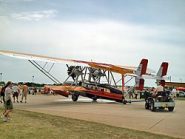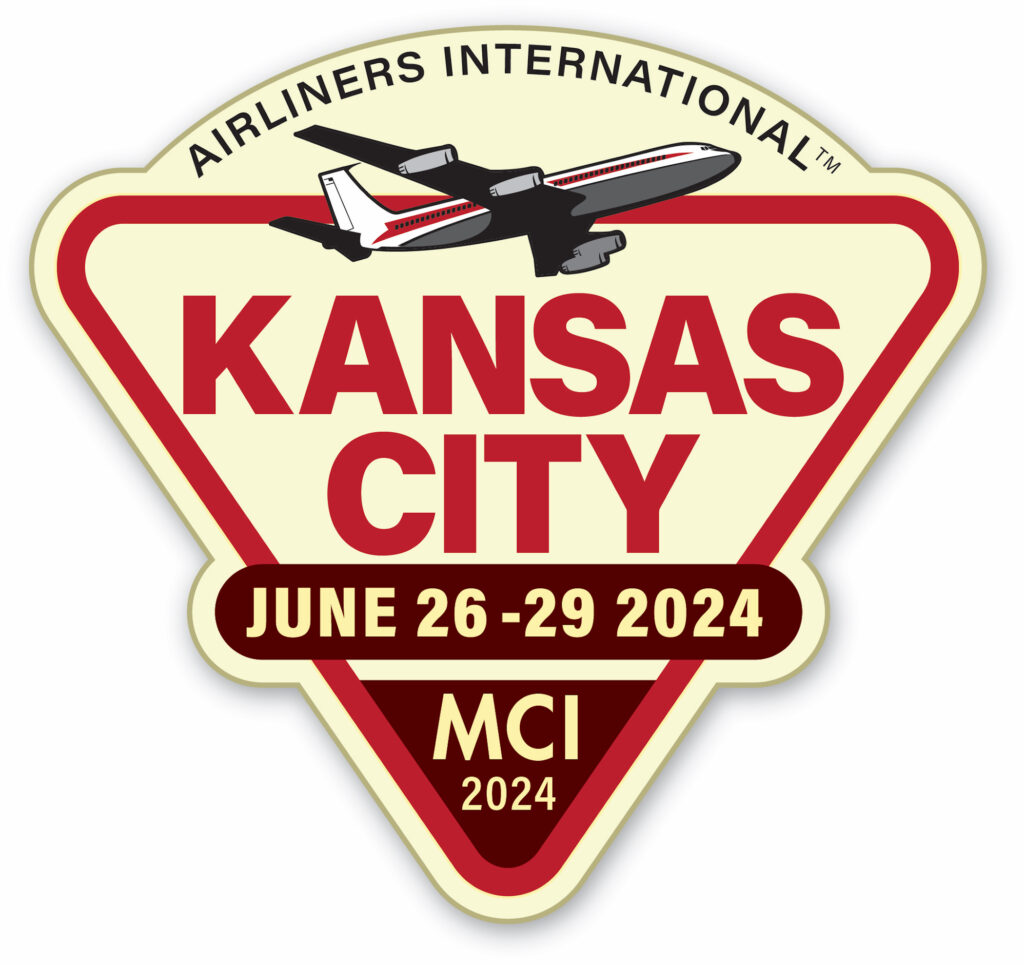
The Sikorsky S-38
Written by Robert G. Waldvogel
Igor I. Sikorsky immigrated from Russia to the US, arriving on American shores with dreams, drive, and aeronautic blood coursing through his veins, but little more than lint in his pockets.
Five years after stepping ashore on this side of the Atlantic, in 1924, he planted Long Island roots that grew into the Sikorsky Aero Engineering Corporation and through it concentrated on one of two aircraft types with which he would become synonymous—the amphibious flying boat, with the other being the rotary-wing helicopter.

Although the first of the former, the S-34, nosed into Long Island Sound near College Point on May 31,1927 (after one of its two engines failed at 800 feet) the succeeding S-38, which was designed between May and July of the following year, fared far better. Functional it was. Art it was not.
Amphibiously ambidextrous—if there is such a term—it was a combined aquatic and air “structure” that displayed the decidedly separate, but somehow connected aspects needed to operate in both realms: a short, hull-shaped fuselage and a high, straight wing, v-strut attached to the smaller, lower, hull-extending one. From the upper were slung two Pratt and Whitney Wasp radials and, from the trailing edge, twin booms that ended at the tailplane itself, consisting of a horizontal stabilizer from which two vertical surfaces extended both above and below.

“While considered an ugly duckling by some, it quickly proved to be one of the most efficient and practical airplanes of its time” according to “The Pan Am Connection” article in the June 2000 issue of the Sikorsky Archives News. “A Navy test pilot of the time called it a better ship than any other of its size and power.”
Despite its $55,000 price tag, the first ten aircraft were gobbled up after the S-38’s May 25, 1928 maiden flight.

Sikorsky, father of his aerial offspring, naturally later lavished it with praise.
“The ship had very good takeoff characteristics from land and water,” he claimed. “It had a climb of 1,000-fpm fully loaded and a maximum speed close to 130 mph. The ship could cruise nicely around 100 mph, and it stayed in the air on one engine.”
It saw considerable airline service.
Because of the S-38’s capability, it was instrumental in Pan American’s Caribbean, Central American, and South American route development, beginning on October 13, 1928. Airfield shortages proved no obstacle. As Andre Priester, Pan Am’s chief engineer, pointed out, “Flying boats carried their own airports on their bottom.”
Pan American ultimately operated 38 of the 111 produced.
The type opened up international passenger service on May 22 of the following year, bridging the 2,064 miles to the Canal Zone during a 56-hour journey, although it required overnight stops in Belize and Managua, both in Central America.

Six months later, Hawaii-based Inter-Island Airways, which was founded in January, commenced scheduled service from Honolulu to Maui, Hilo, and Kauai with two eight-passenger S-38s, effective November 11. Molokai and Lanai were served on request.
Devoid of land-based airports, Duluth, Minnesota, on the mainland, was aerially connected after Northwest brought its own S-38s into bodies of water near the city in 1931, and New York Airways, a subsidiary of Pan American, began service to Atlantic City on June 1 of that year with the type, later extending service to Baltimore and Washington with a motley fleet that also encompassed the Ford Trimotor and the Fokker F-X. The route was ultimately acquired by Eastern Air Transport on July 15, 1931.
Sikorsky S-38 Images by Wiki Commons
Trackback from your site.


